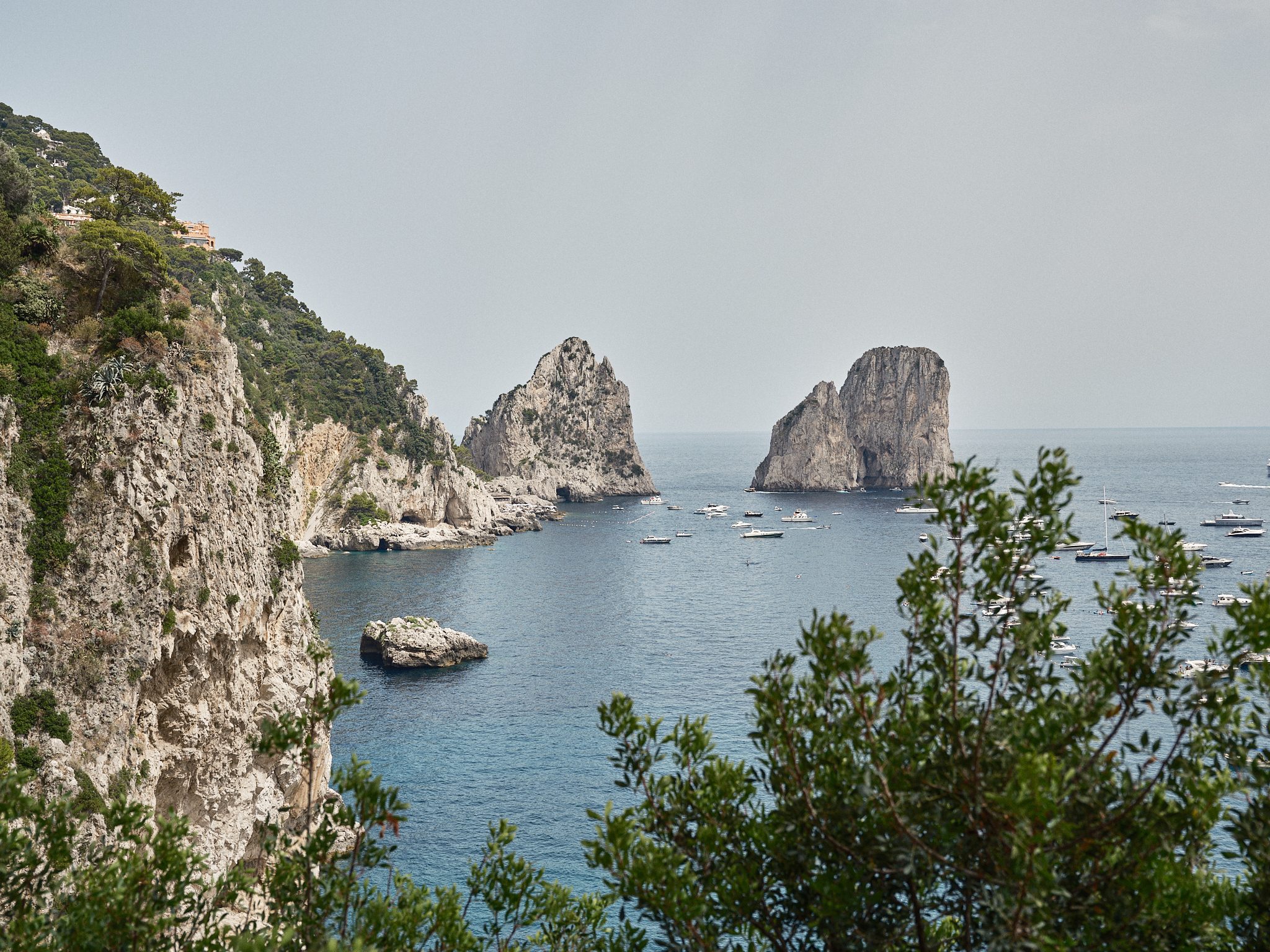
NOMAD Capri
Sea, cliffs and art
In the southern part of Italy, situated opposite the Amalfi Coast—almost in a defiant way—near the entrance to the Bay of Naples, sits the Island of Capri. The most dreamy location, one of nature’s many works of art, often referred to “as a jewel in the Mediterranean Sea”. A floating paradise that is surrounded by the sparkling blue ocean and an emerald green landscape.
It is no wonder that this island, which has maintained its raw beauty enhanced by its jagged and limestone cliffs, was the chosen destination for the Roman Emperors to locate their exclusive resorts. And, hundreds of years later, in between the 19th and 20th centuries, it still held its position as the place of inspiration for the European intellectuals, who escaped into the realms of this Mediterranean gem.
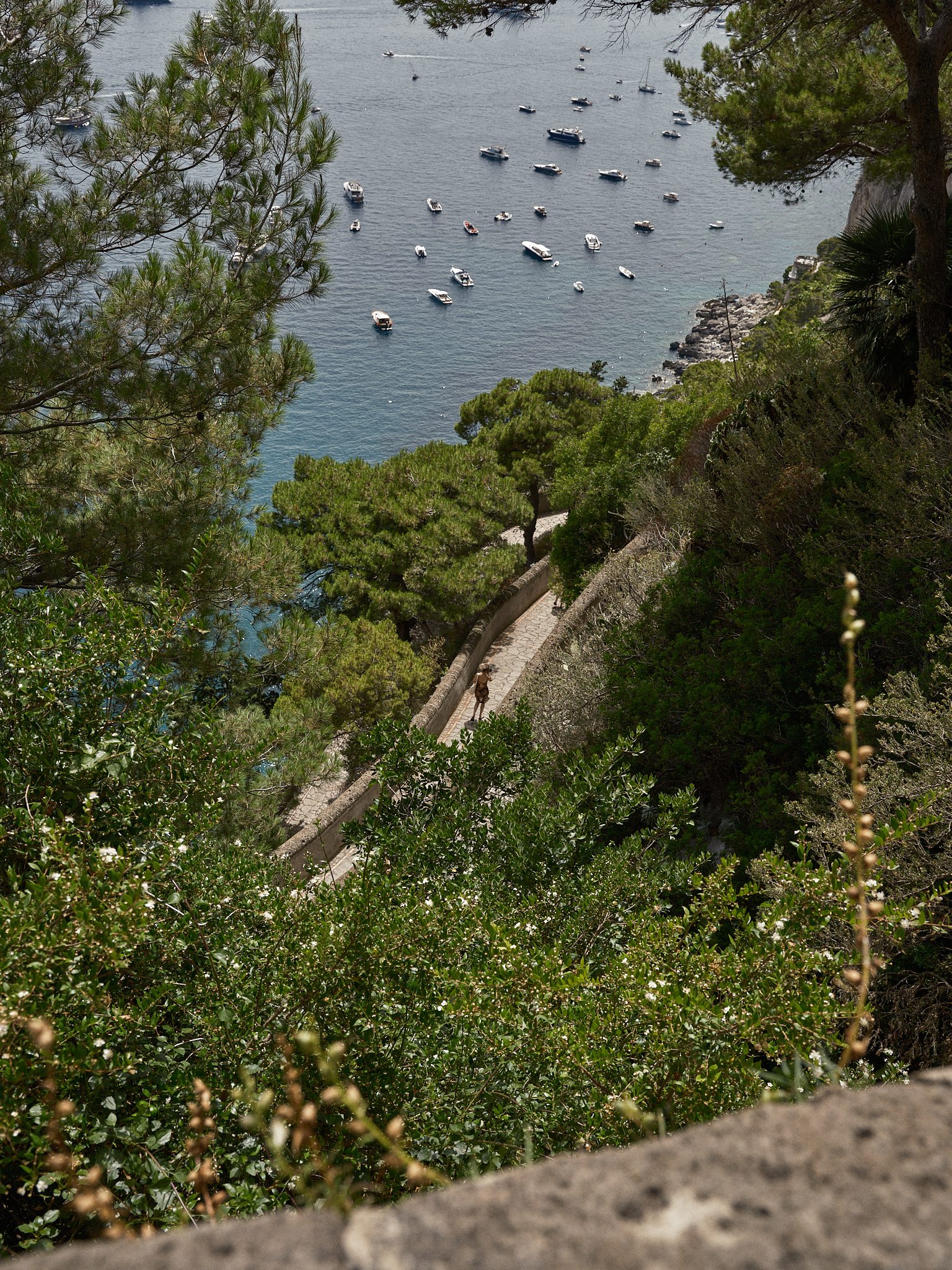
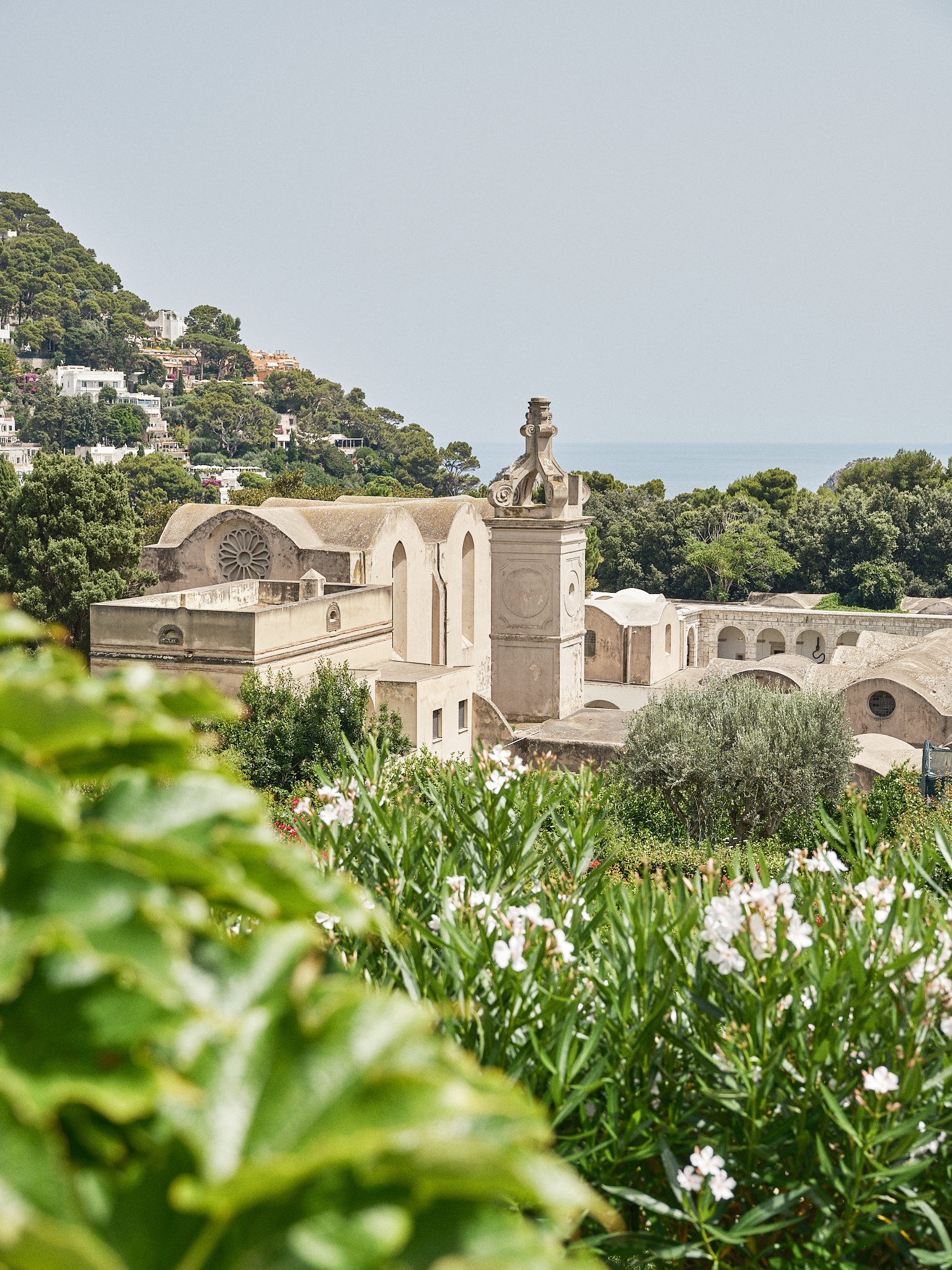
Immersing into the town that the island of Capri hosts, there is one specific spot that acts like the container of an entrenched tradition and history that can be felt in every wall, floor, and ceiling. It is the 14th-century monastery Certosa di San Giacomo, the oldest historic building on the island, that governs over the Faraglioni and the Mediterranean Sea.
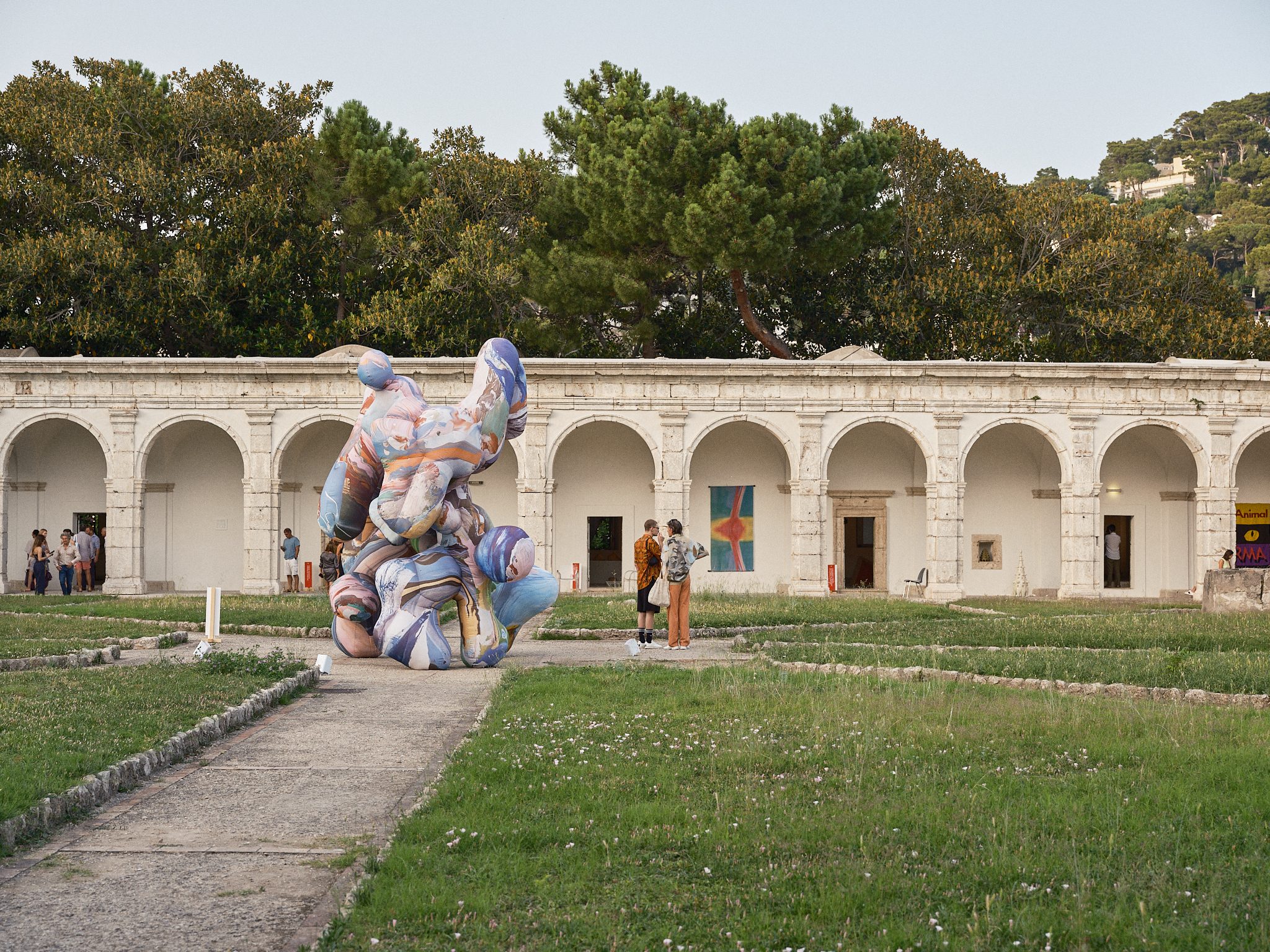 Spaghettification by Friedman Benda
Spaghettification by Friedman Benda Having been there for seven centuries, the monastery has a special aura to it that to this day still draws you in to discover its magic, constituted by vaulted rooms and precious cloisters and gardens. And, for another year in a row, NOMAD chose Certosa di San Giacomo as its venue for its 12th edition to keep exploring and getting lost in this historic stamp.
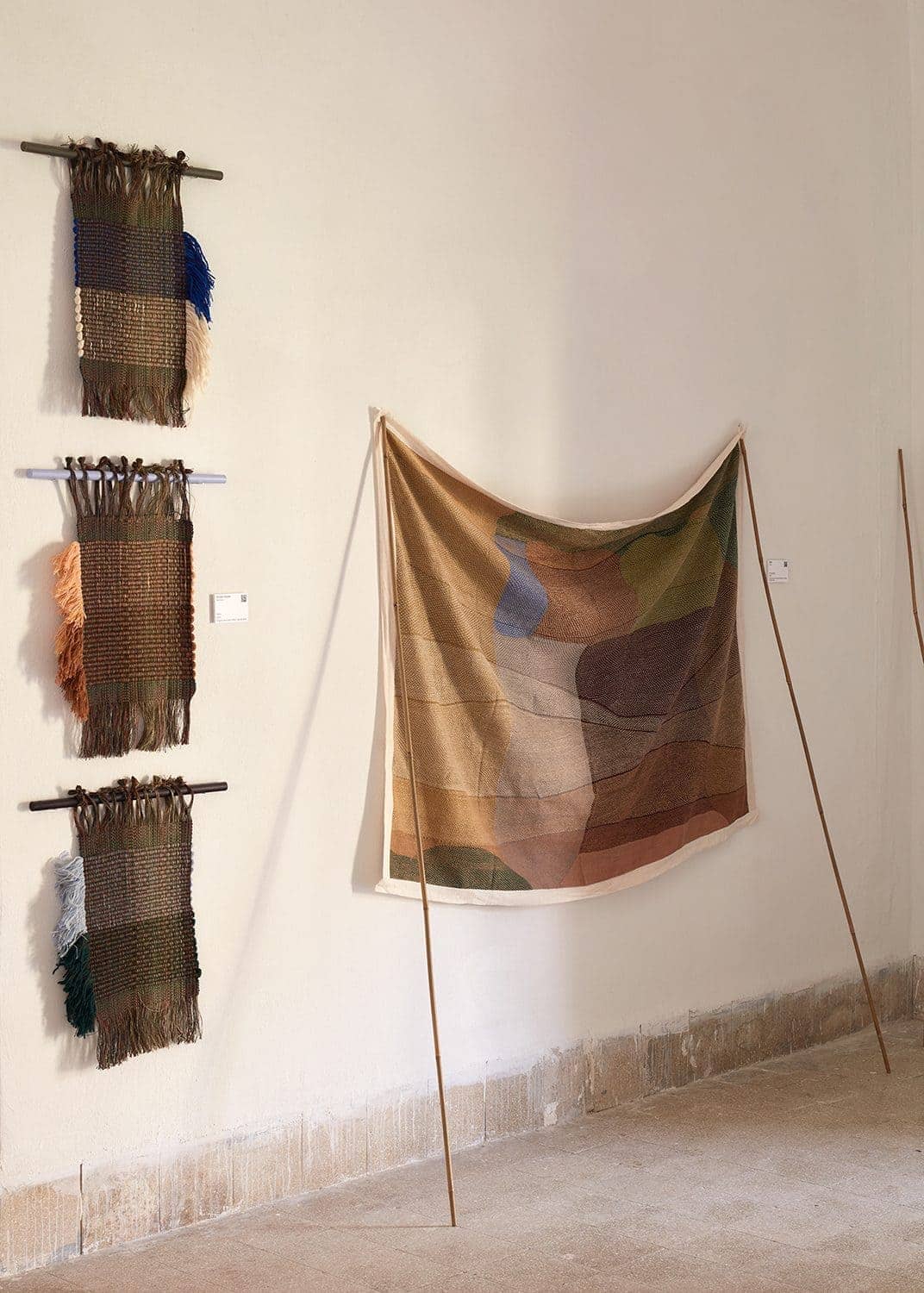 (Un)common Threads by DESIGNEAST
(Un)common Threads by DESIGNEAST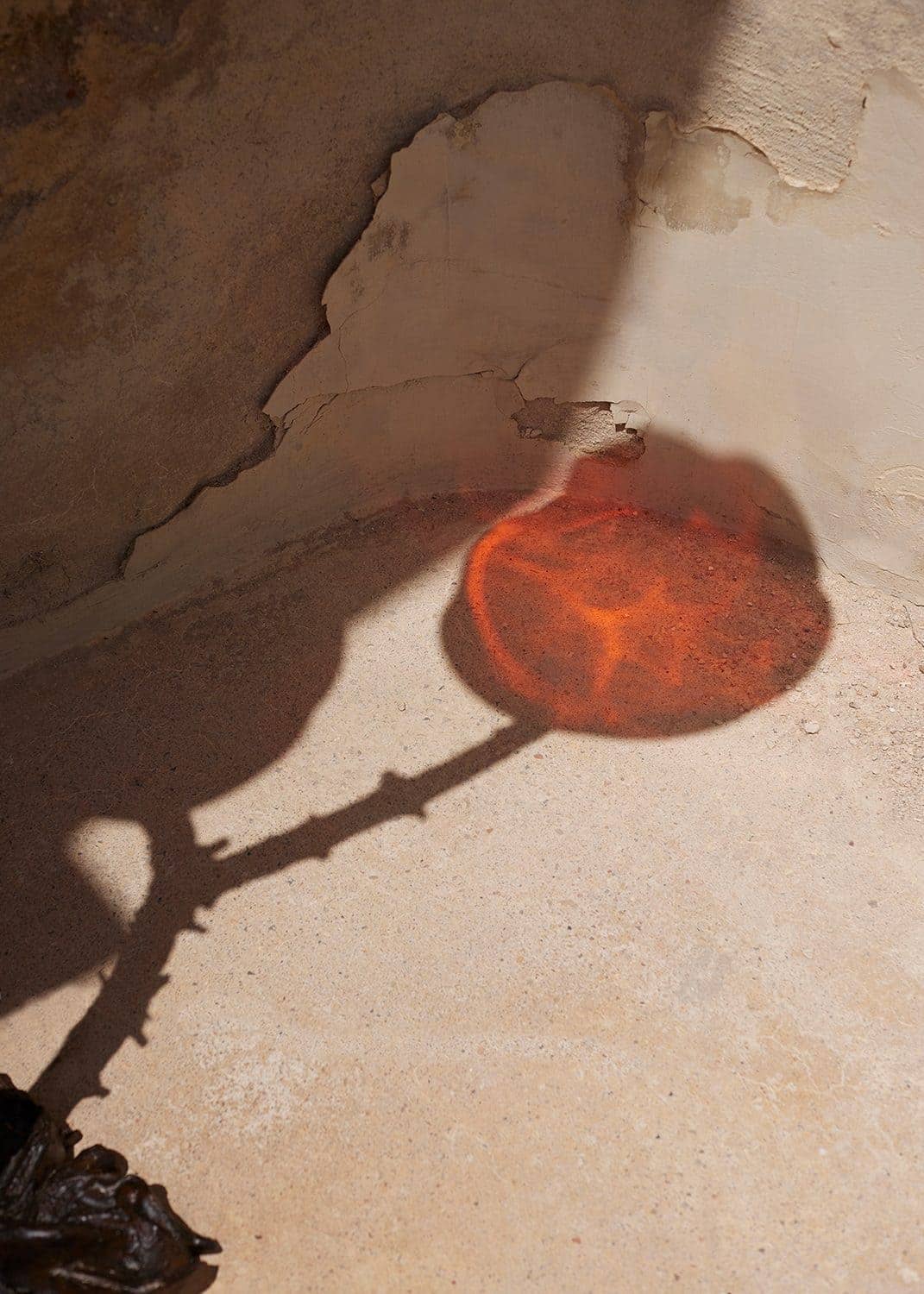 Lo Studio Everything I Want
Lo Studio Everything I Want 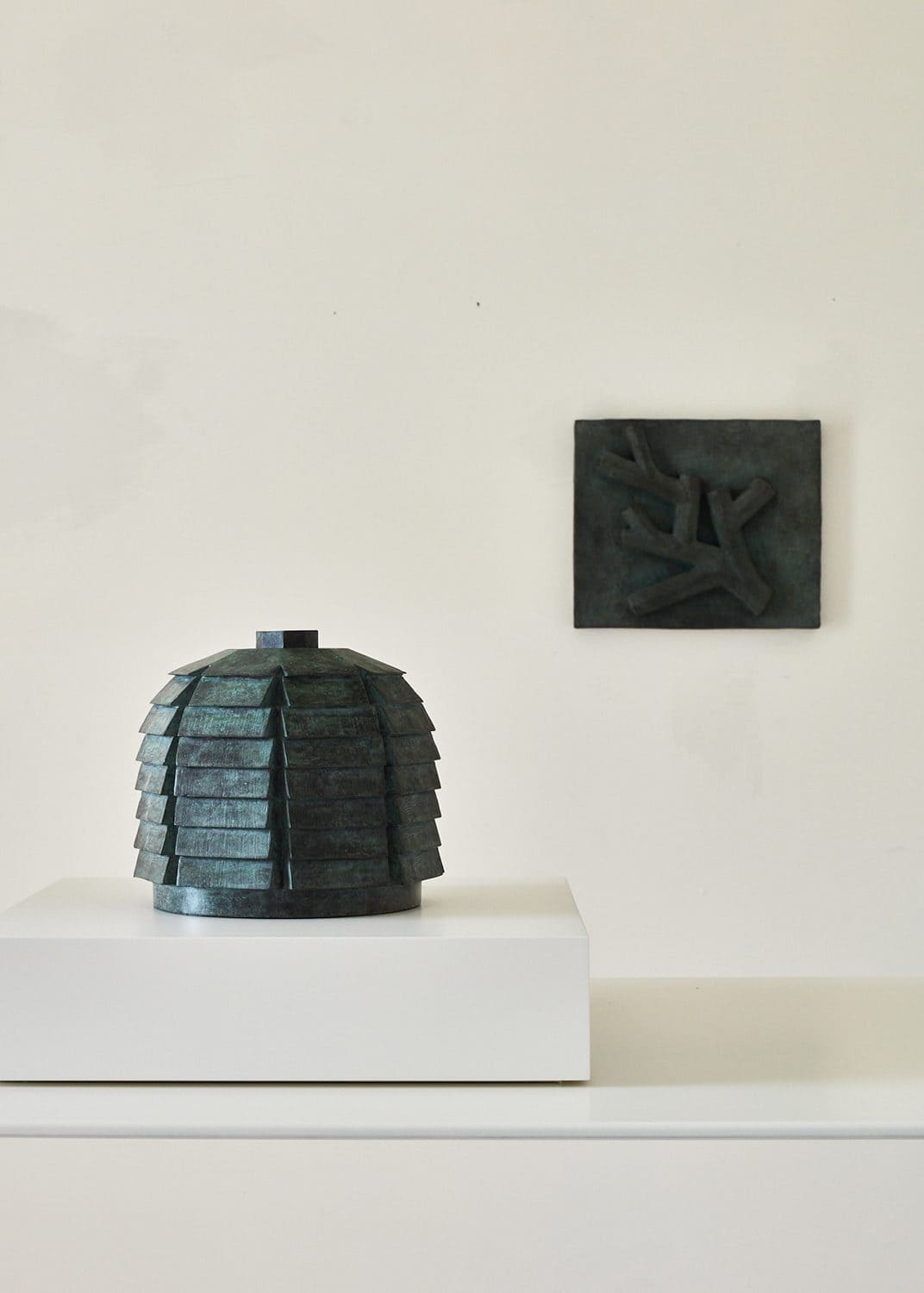 Bronzi by Michele De Lucchi
Bronzi by Michele De LucchiThis year’s edition of NOMAD took place from the 6th to the 9th of July, establishing itself, once again, as a global platform and an annual unmissable date where creativity and innovation come together in all forms: art, design, architecture, and nature. This edition of NOMAD was inspired by its chosen location: Capri’s natural beauty, together with its rich cultural-artistic legacy.
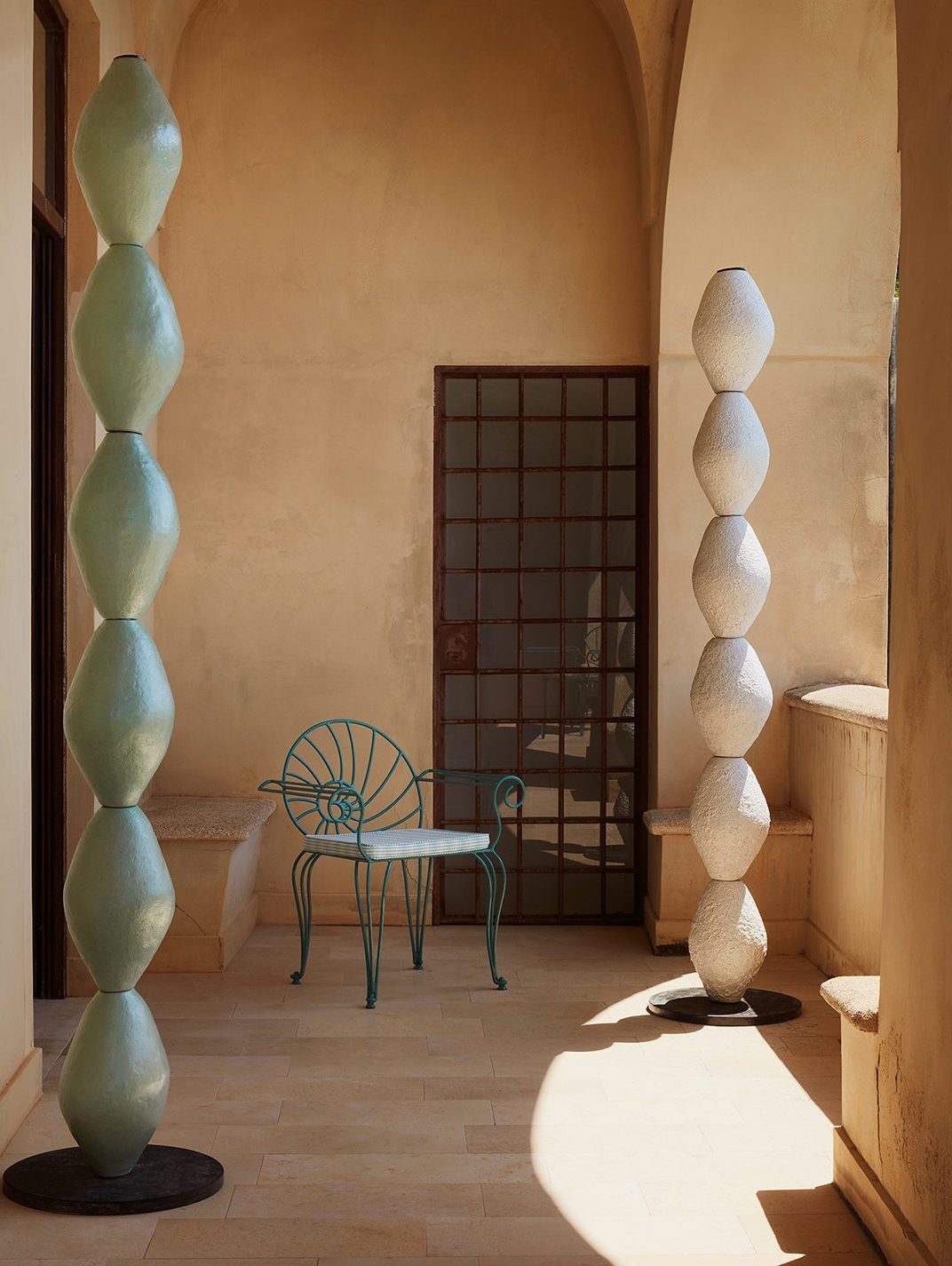 Chahan Gallery
Chahan Gallery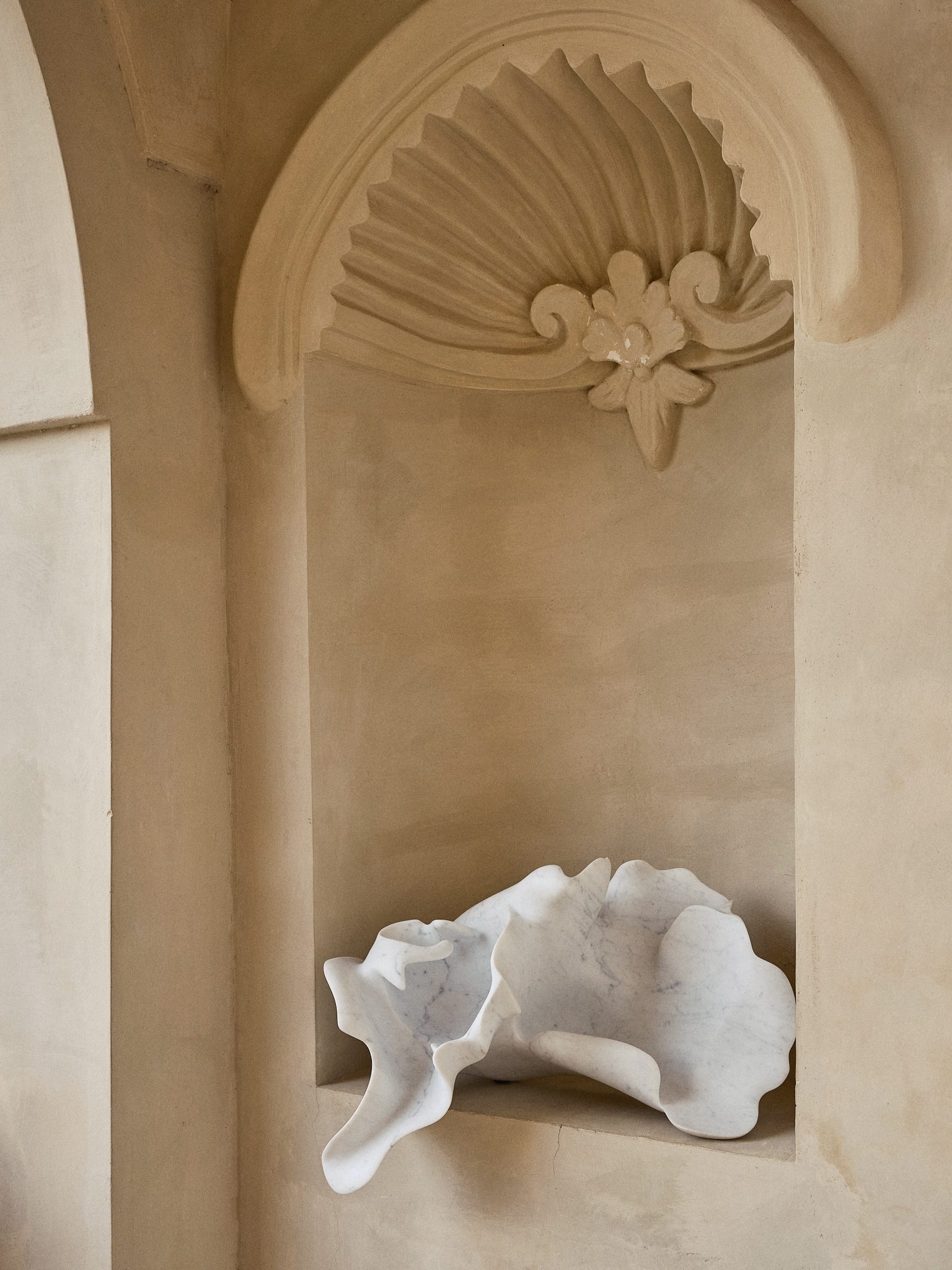 Chahan Gallery
Chahan GalleryOften, when we think of exhibitions or showcases, the image of a traditional museum rapidly comes to mind: an enclosed building with white walls, stairs, and high ceilings. However, what we understand by the word “museum” is changing constantly. What really is a museum? It can be anything and everything you want it to be. In NOMAD’s case, the enclosed building was exchanged for the openness of an archipelago; the white walls were traded for the acres of an ancient monastery; and the ceilings were at times nonexistent.
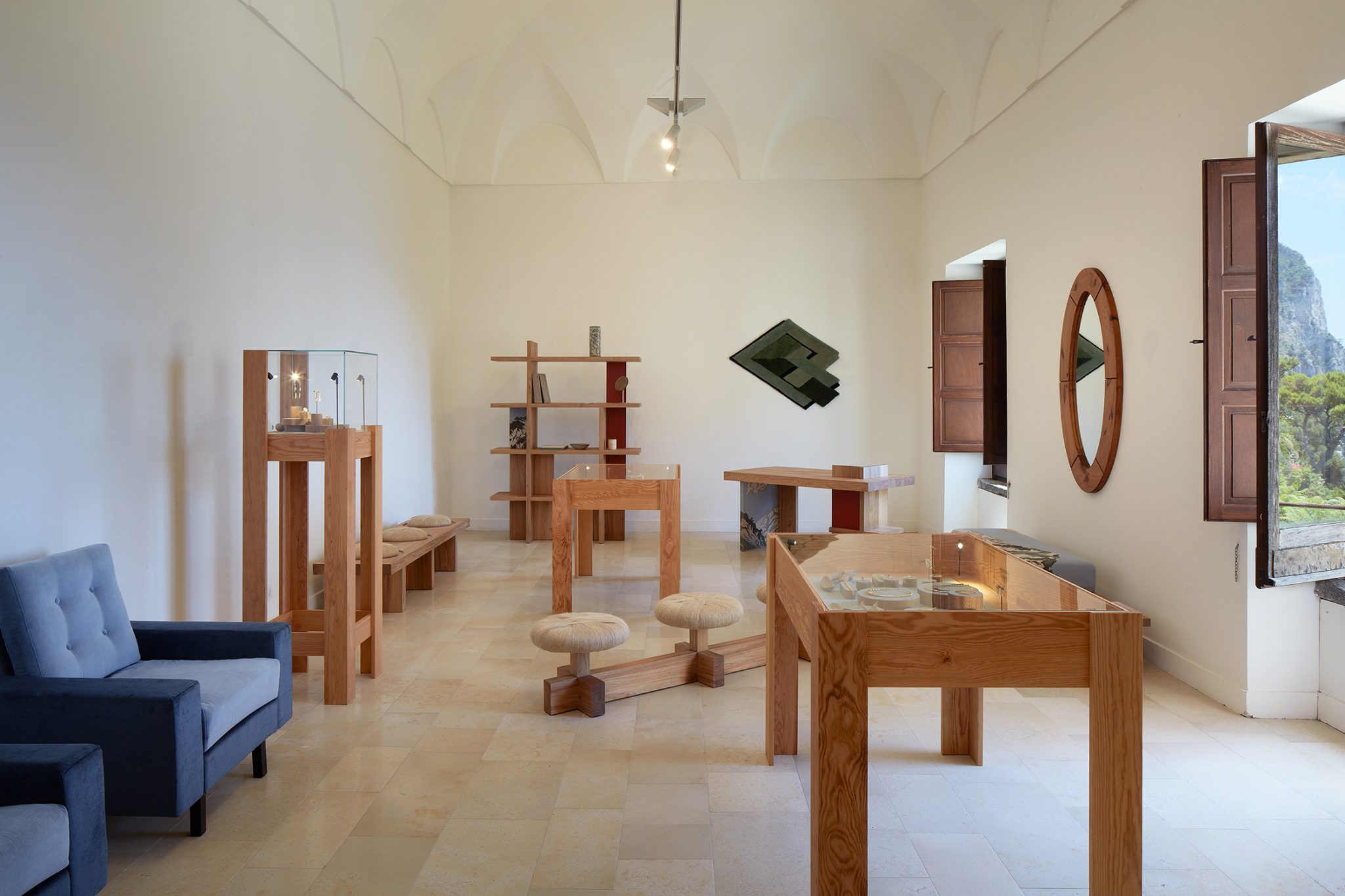
Established in 2017 by Giorgio Pace and Nicolas Bellavance-Lecompte, the itinerant event has traveled to the most idyllic places to act as a showcase for contemporary art and collectible design. In this last edition, NOMAD’s focus relayed on sustainability in the global creative sphere. Sustainability means appreciating the value of traditional craftsmanship combined with contemporary aesthetics, but in a way where safeguarding the planet is the utmost priority.
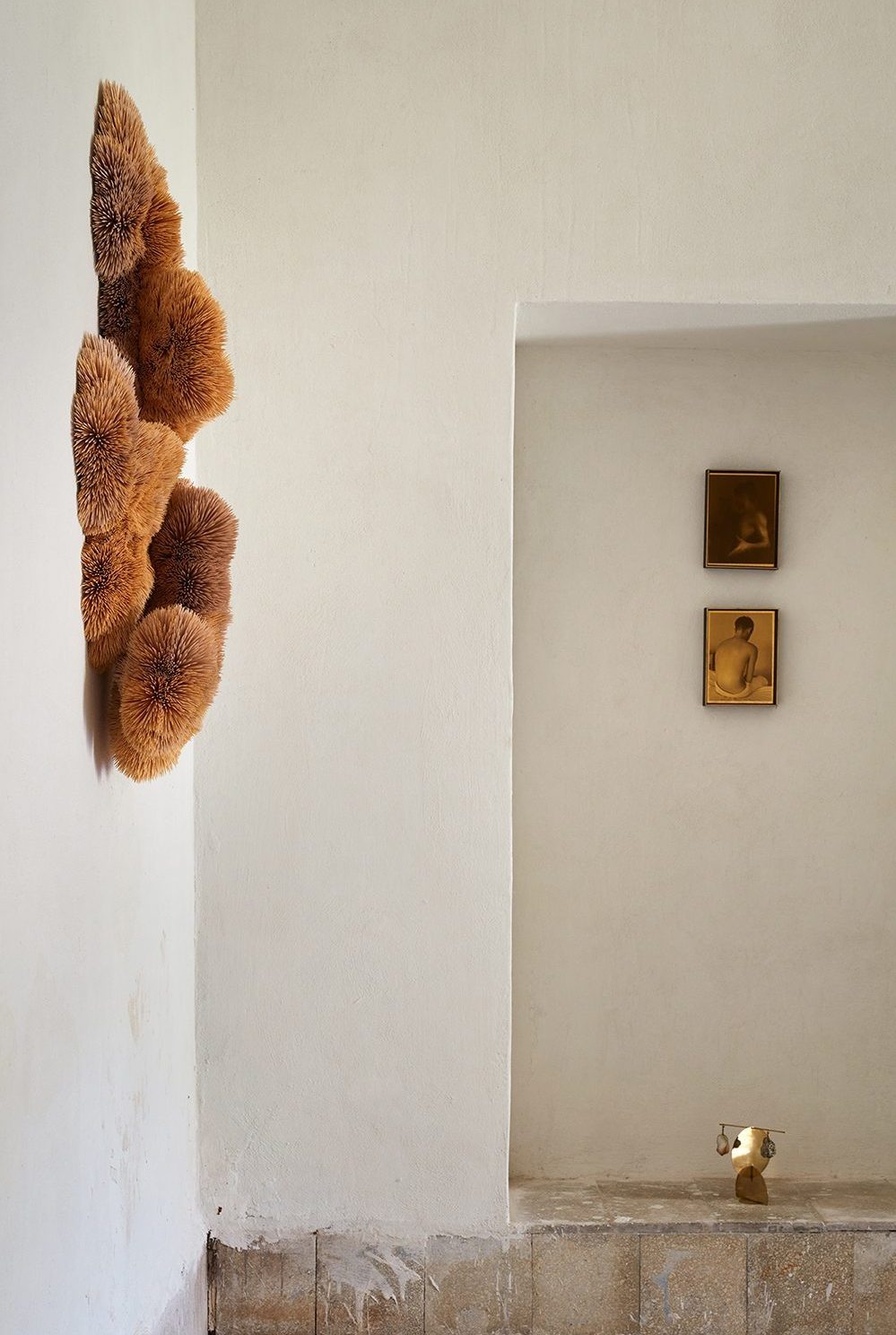 WHATIFTHEWORLD
WHATIFTHEWORLD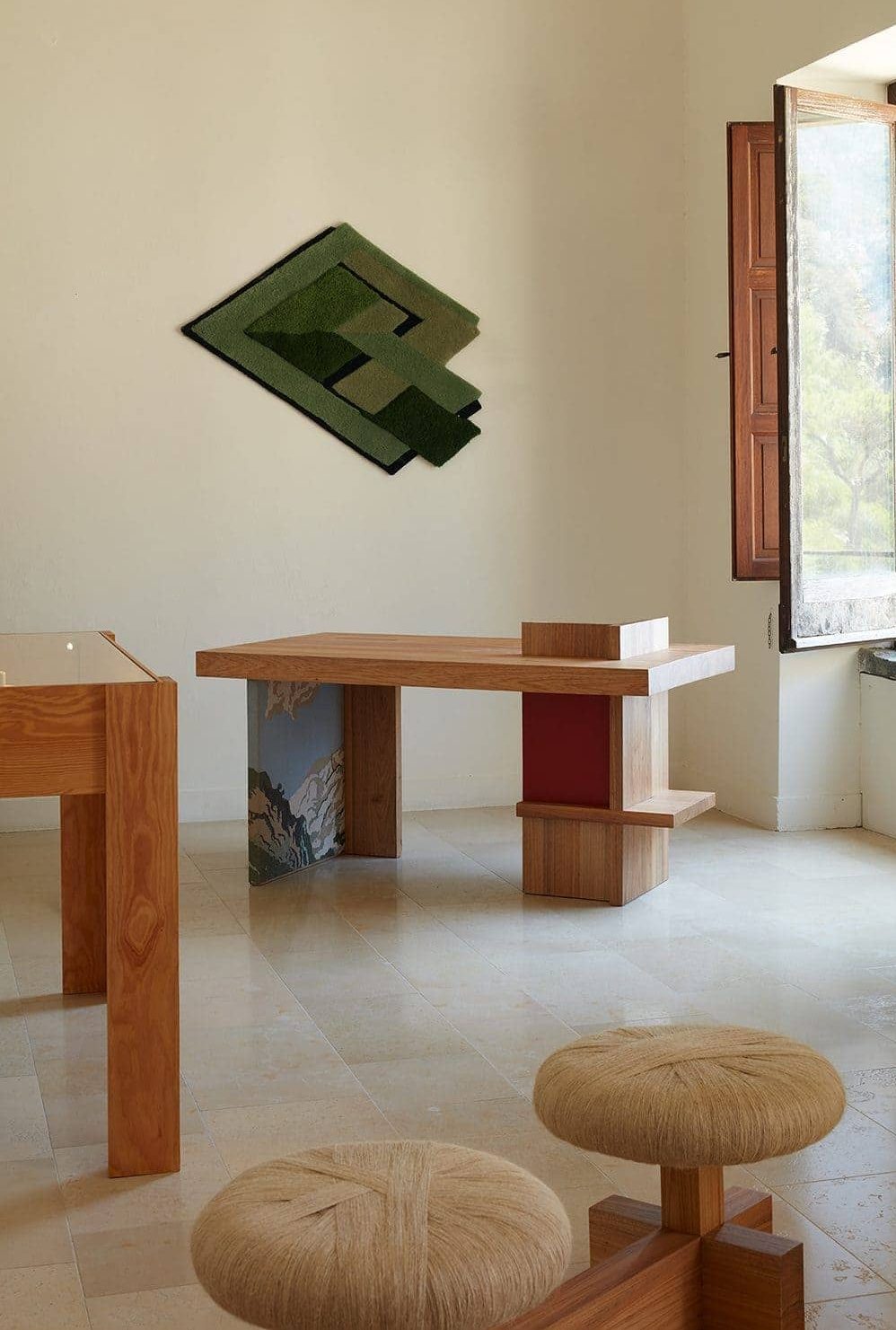 From the source: Brazil by Juliana Vasconcellos and Fernando Jorge
From the source: Brazil by Juliana Vasconcellos and Fernando JorgeThese matters were discussed in a couple of roundtables and dialogues that were part of the program. On one hand, the architect, artist, and designer Michele de Lucchi and the visionary in the field of design and architecture, Yasmine Mahmoudieh, held a conversation about the relationship between art, education, and sustainability.
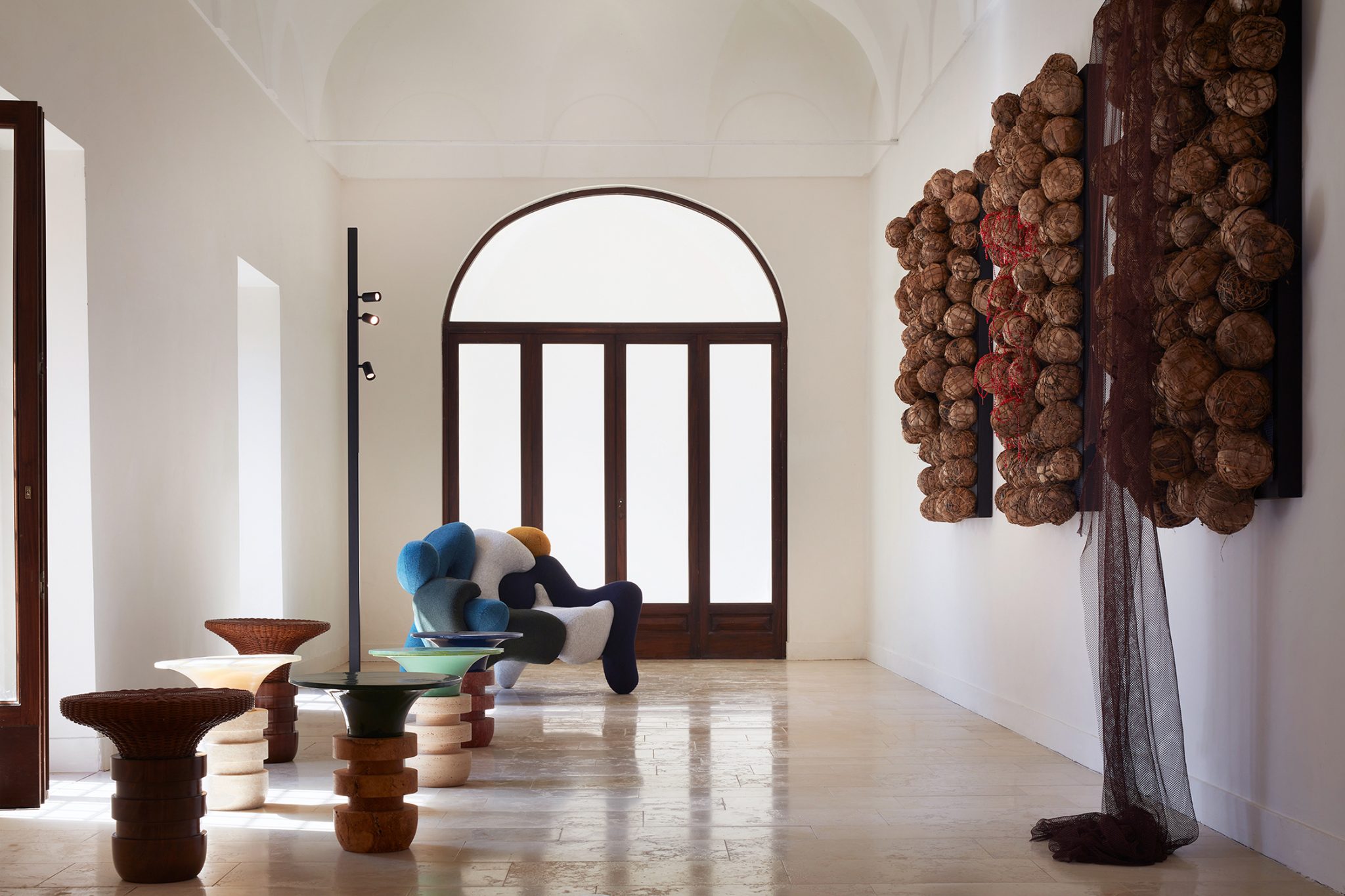 Artists in Flux by Gucci
Artists in Flux by Gucci De Lucchi also exposed his special project for NOMAD, “Bronzi”, curated by AD Italia. As the name itself indicates, the artist transposes some of his architectural models originally designed in wood into the solidity of bronze, a precious ancestral material that is perceived as a historical testimony of cultured civilizations.
 Marco Arosio
Marco Arosio 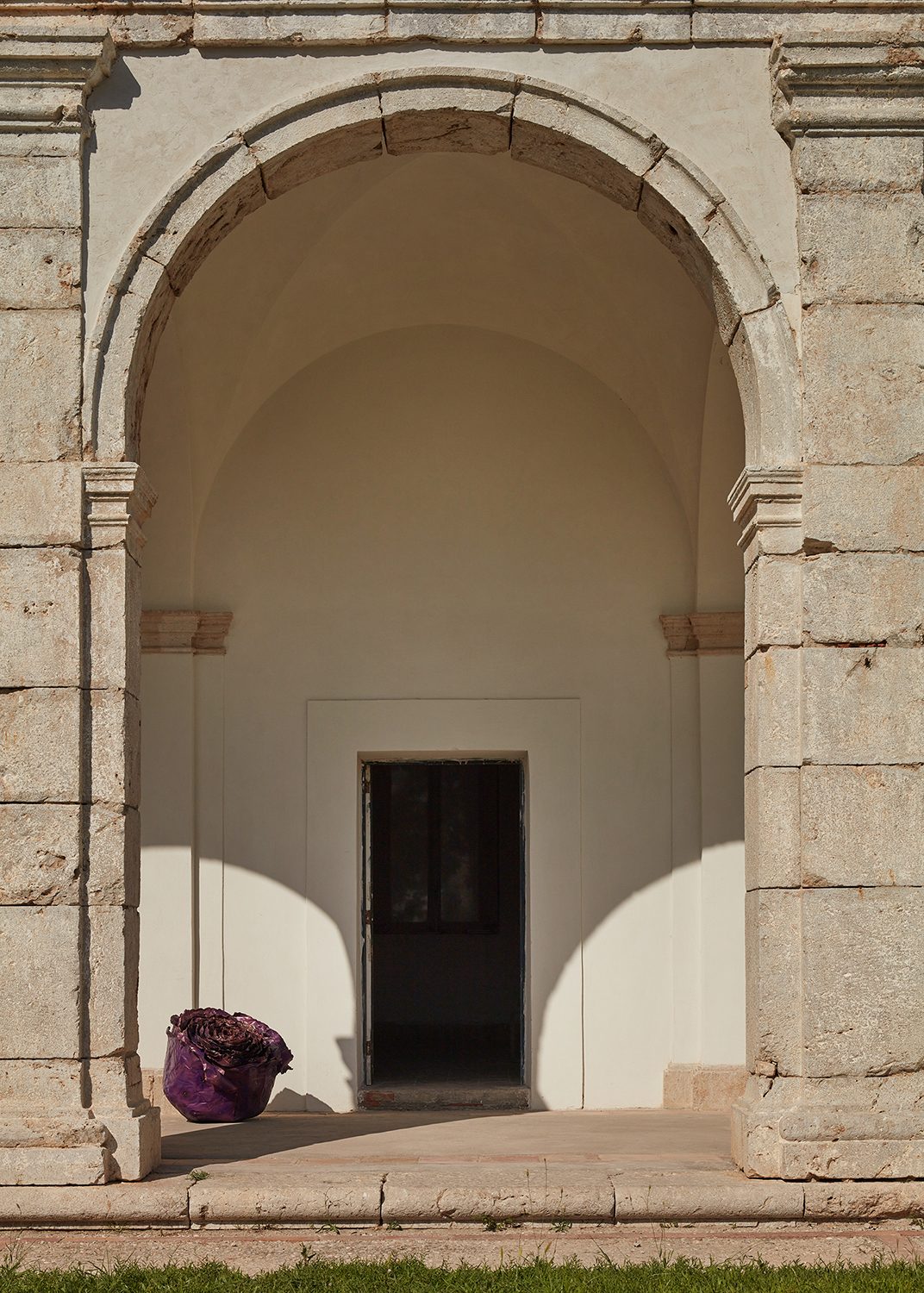 Magazzino Gallery
Magazzino Gallery 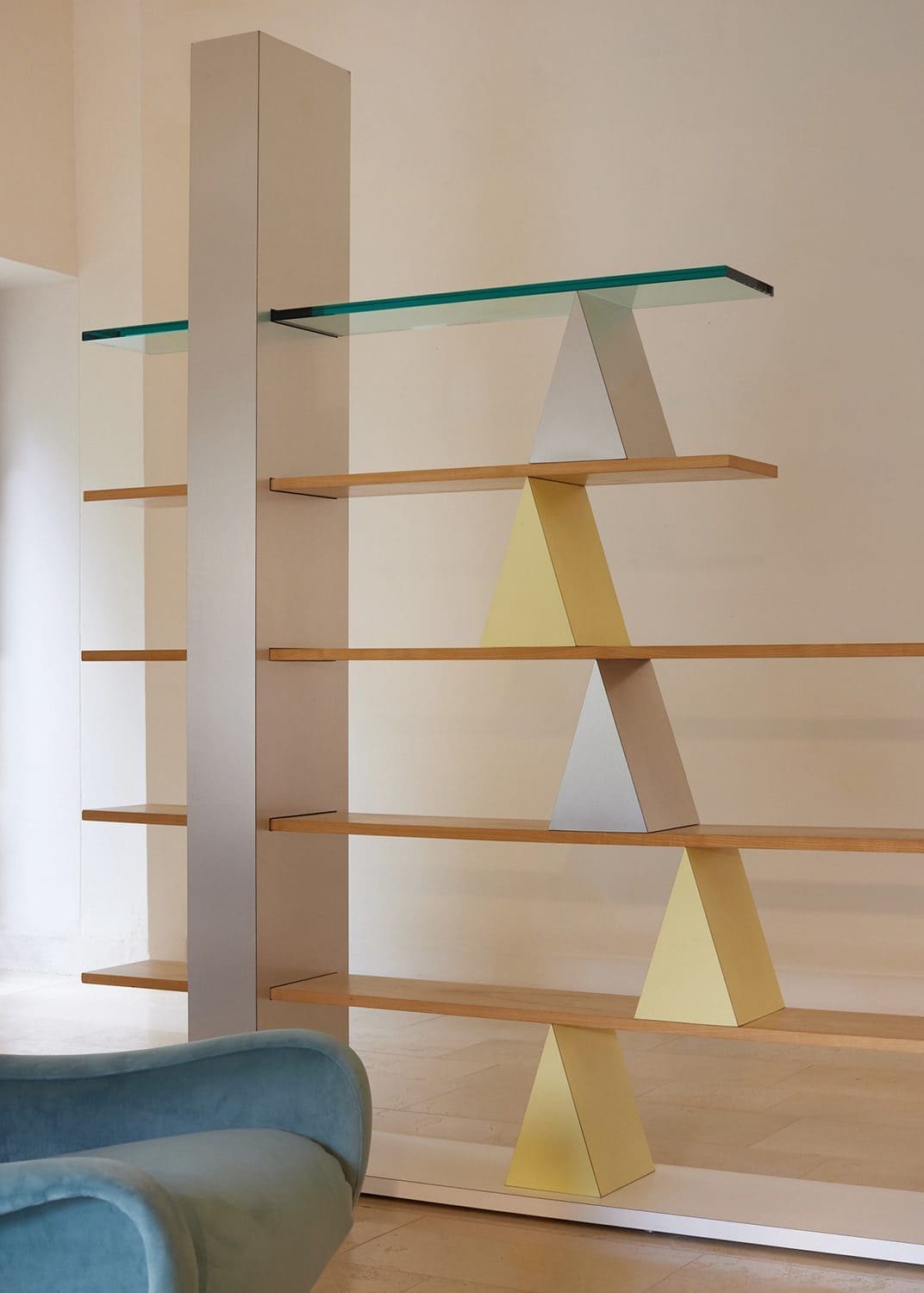 Volumnia
Volumnia The same day, at the Chiesa del Museo Diefenbach, Mahmoudieh moderated a roundtable that focused on exploring ways in which design can offer new sustainable approaches to provoke change in the cultural landscape. The leader was accompanied by Rwandan artist Cedric Mizero, architects Doriana and Massimiliano Fuksas, founder and creative director of Design East Rue Kothari.
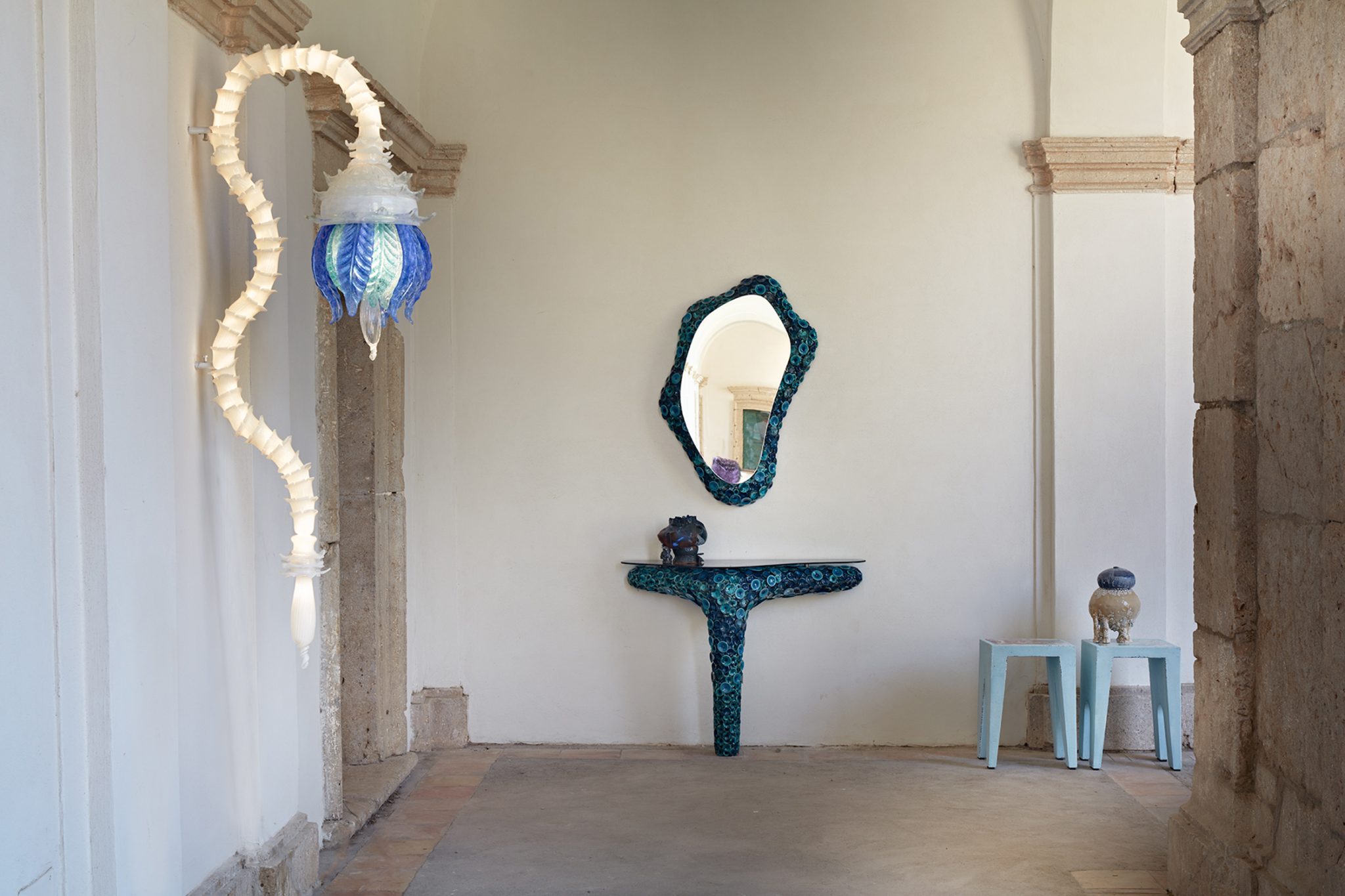 Nilufar Gallery
Nilufar Gallery NOMAD encourages visitors and hosts to consider relevant matters as well as showcasing some of the best contemporary art, jewelry, and collectible design. This year’s 12th edition also featured the third chapter of the exhibition “Artists in Flux”, powered by Gucci with three promising young creatives from different poles: Cedric Mizero (Rwanda), Misha Kahn (USA), and Tarek Shamma (Egypt). Moreover, it held the second Sustainable Design Summit in collaboration with AD Italia.
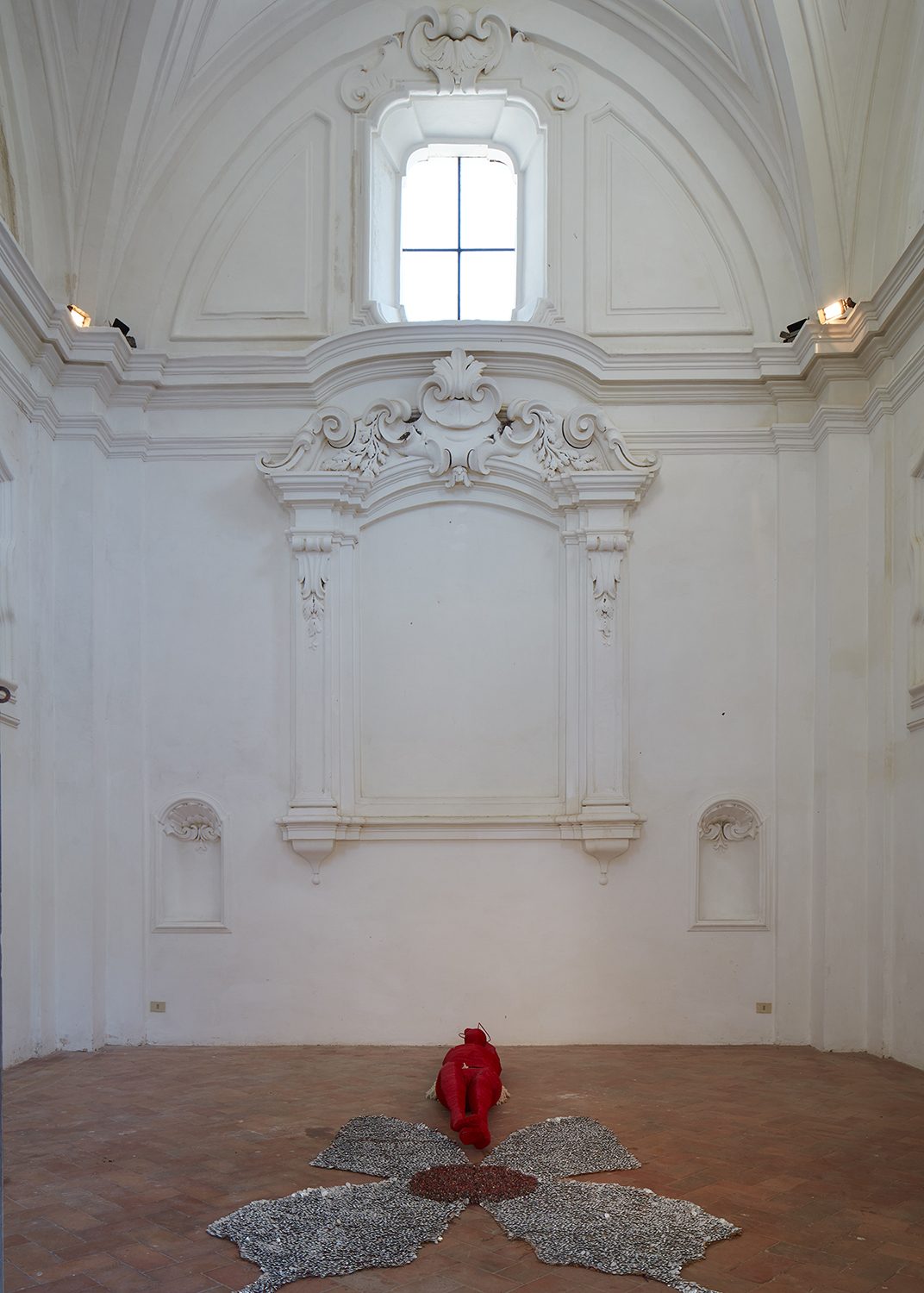 Cedric Mizero
Cedric Mizero 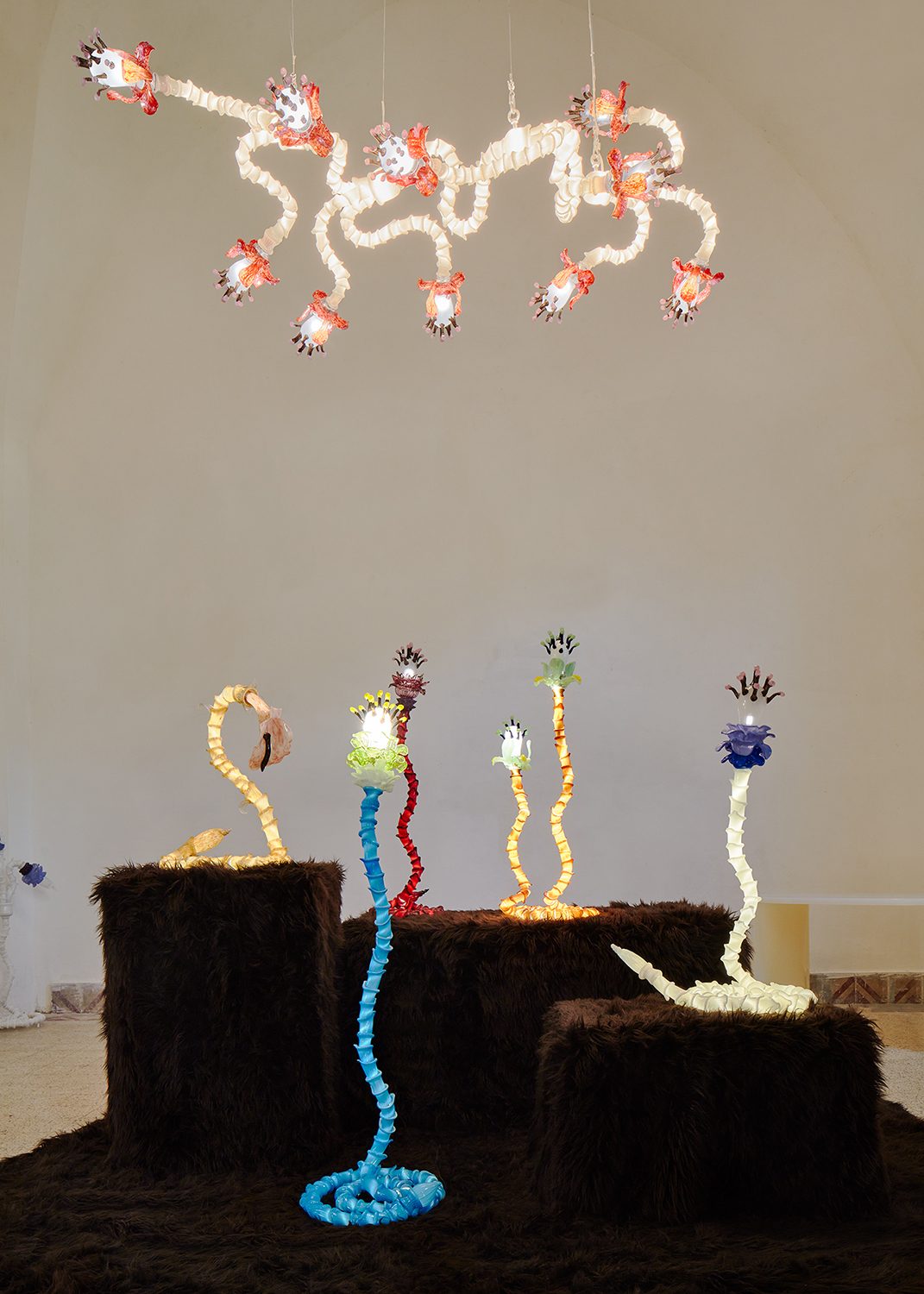 Nilufar Gallery
Nilufar Gallery The essence of NOMAD lies in its international nature. Not only because it takes place in some of the most beautiful places all over the world, but also because it features a curated selection of international galleries and special projects chosen mindfully. Chahan Gallery in Paris, known for its high-quality and custom-made furniture, lighting, and accessories, most of which were created by American designers from the 50s and the 70s, is a good example of a list that also includes Lo Studio – Everything I Want.
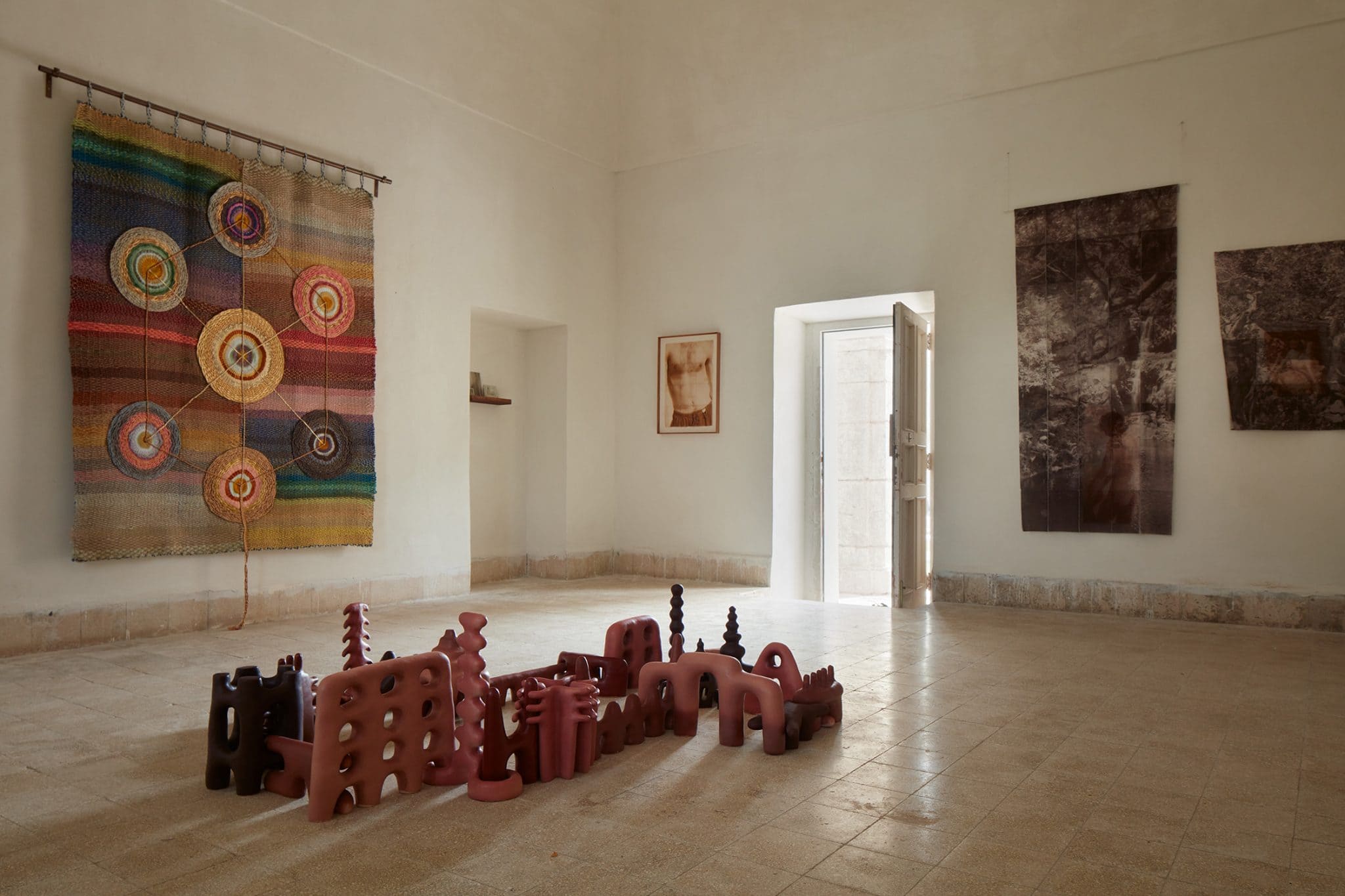 WHATIFTHEWORLD
WHATIFTHEWORLDA multidisciplinary art, design, and craft studio/gallery from Venice founded by Nadja Romain whose core mission is the preservation and evolution of craftsmanship. With the aim of using art as a vehicle to connect people and have a positive effect on society, this year Nadja’s project had two installations at Capri: Tarek Shamma’s latest furniture collection and Irene Cattaneo’s sculptures in the garden in Murano glass.
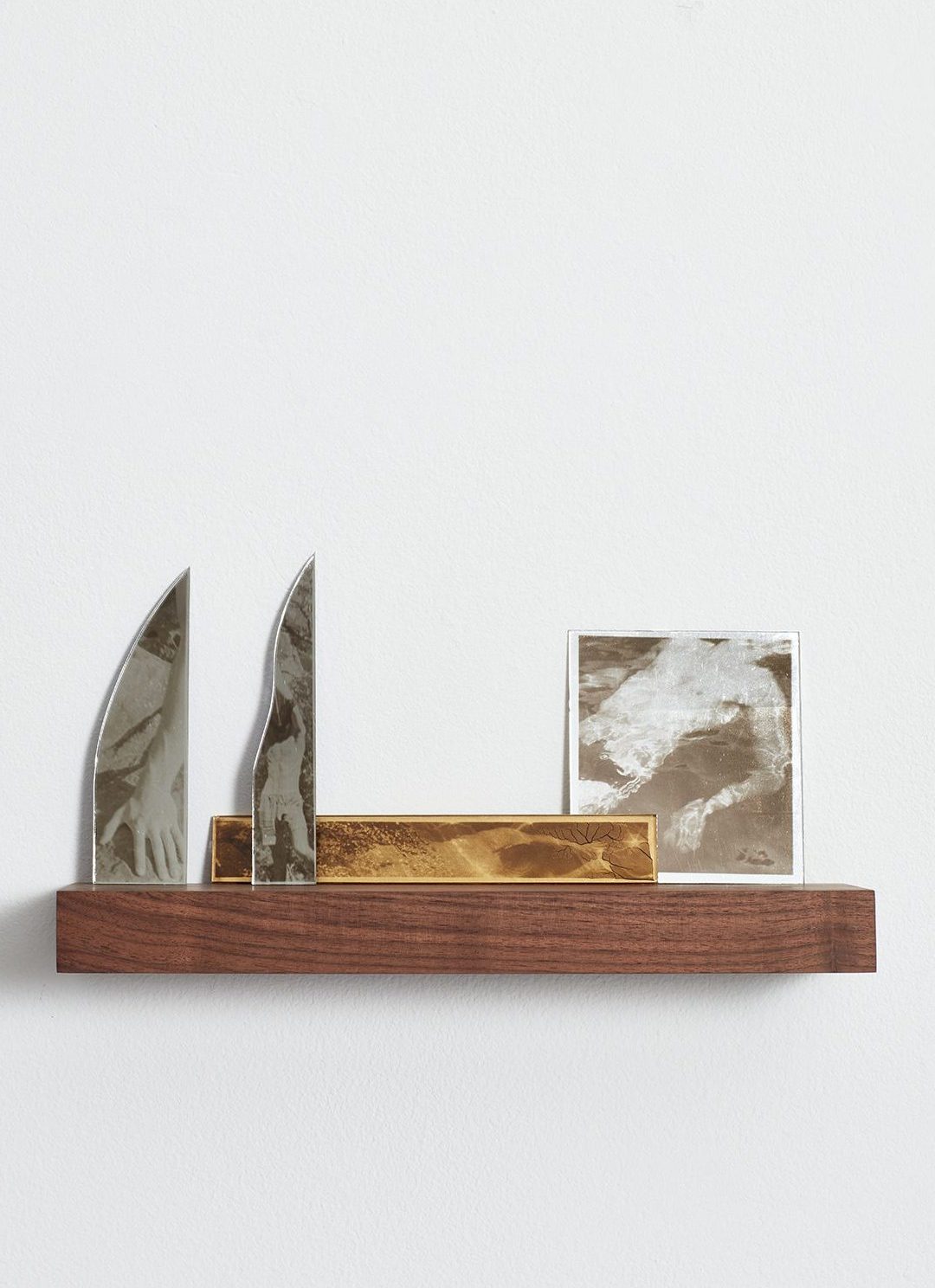 WHATIFTHEWORLD
WHATIFTHEWORLD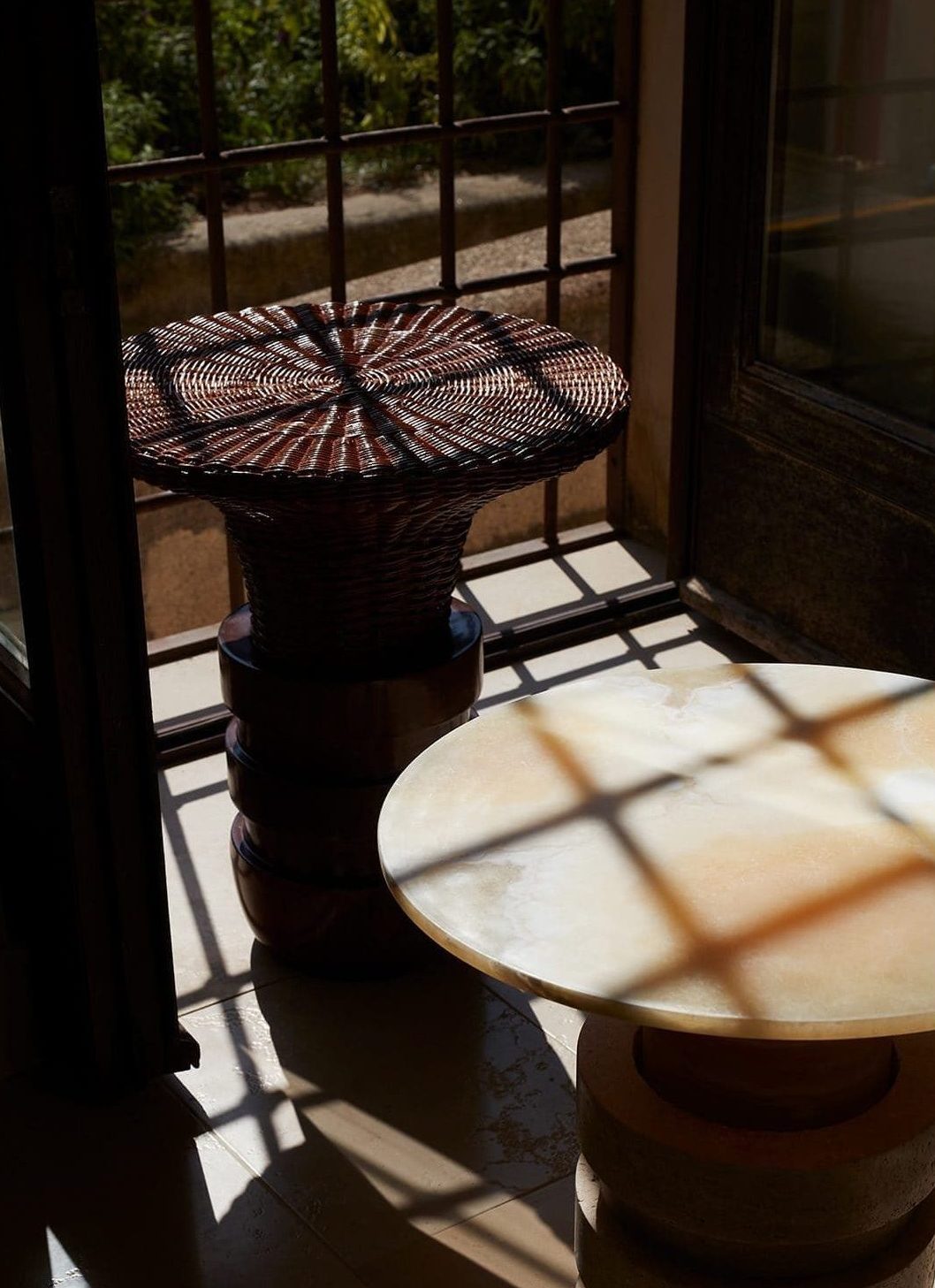 Artists in Flux by Gucci
Artists in Flux by Gucci 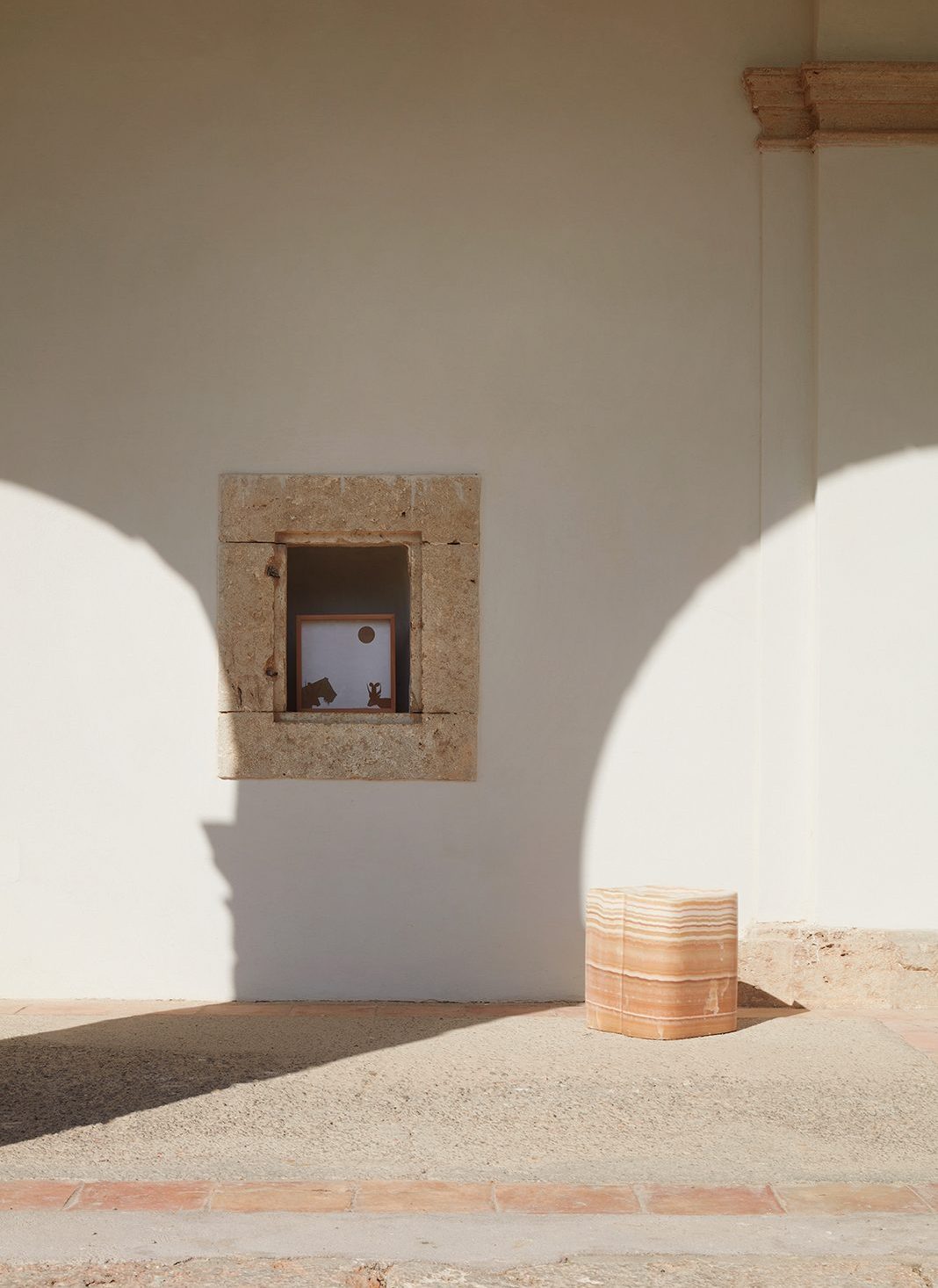 Le Lab Experimental Atelier
Le Lab Experimental Atelier Embracing artists from all over the world, from different disciplines, and with diverse understandings of life, NOMAD still constitutes to this day a space to discover a depth and breadth of aesthetics. Allowing the visitor to become appreciative of its surroundings and the possibilities that lie in front of them, NOMAD unites nature, architecture, design, and art in the most free -and freeing- way possible.
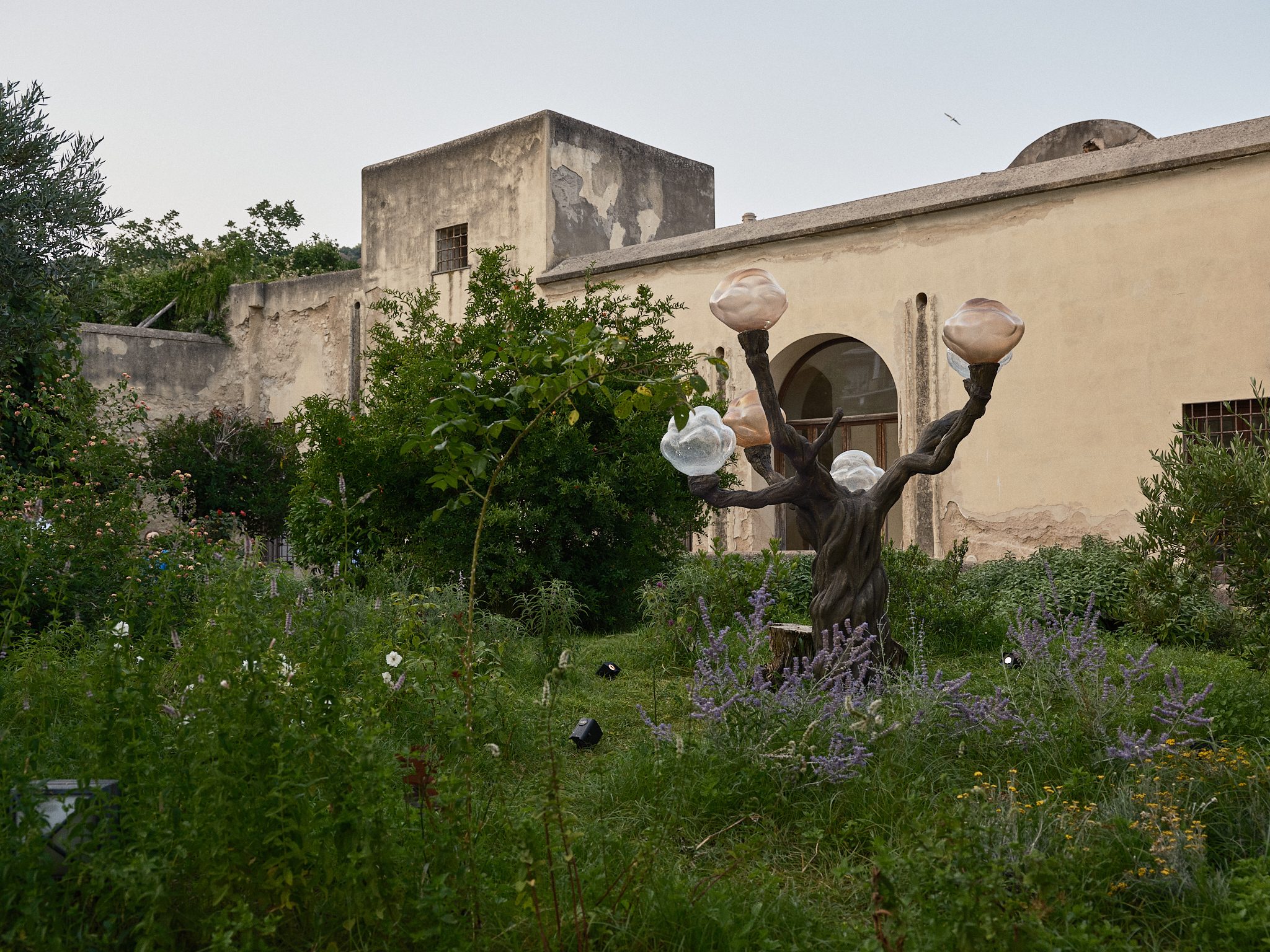 LO STUDIO EVERYTHING I WANT
LO STUDIO EVERYTHING I WANT


